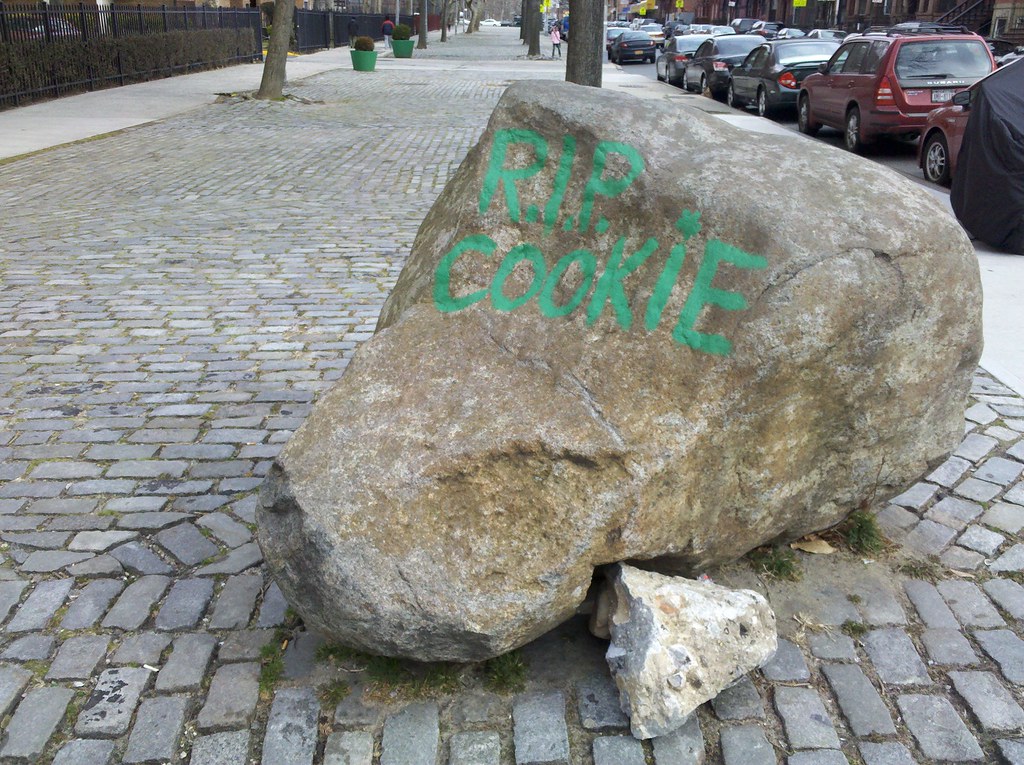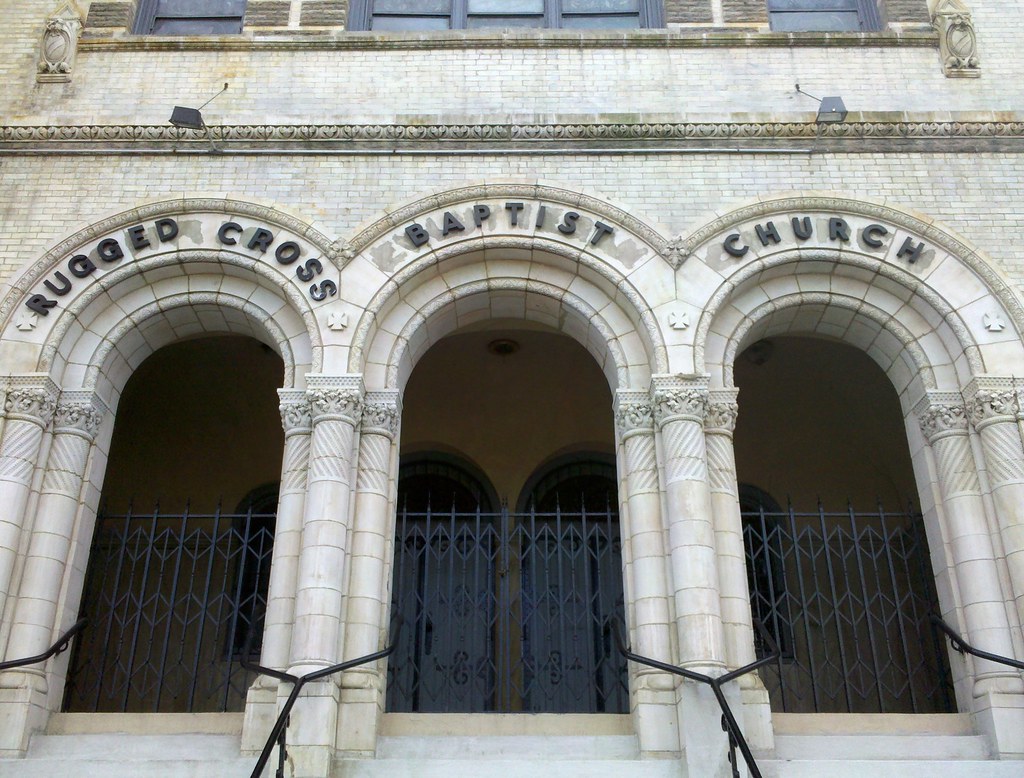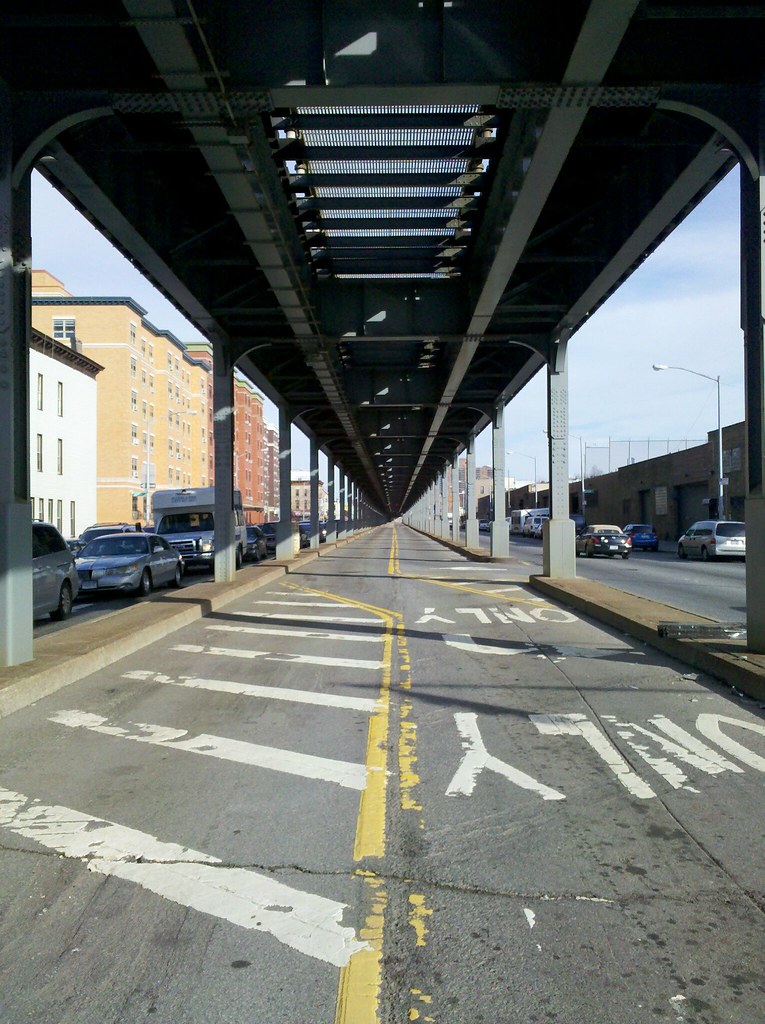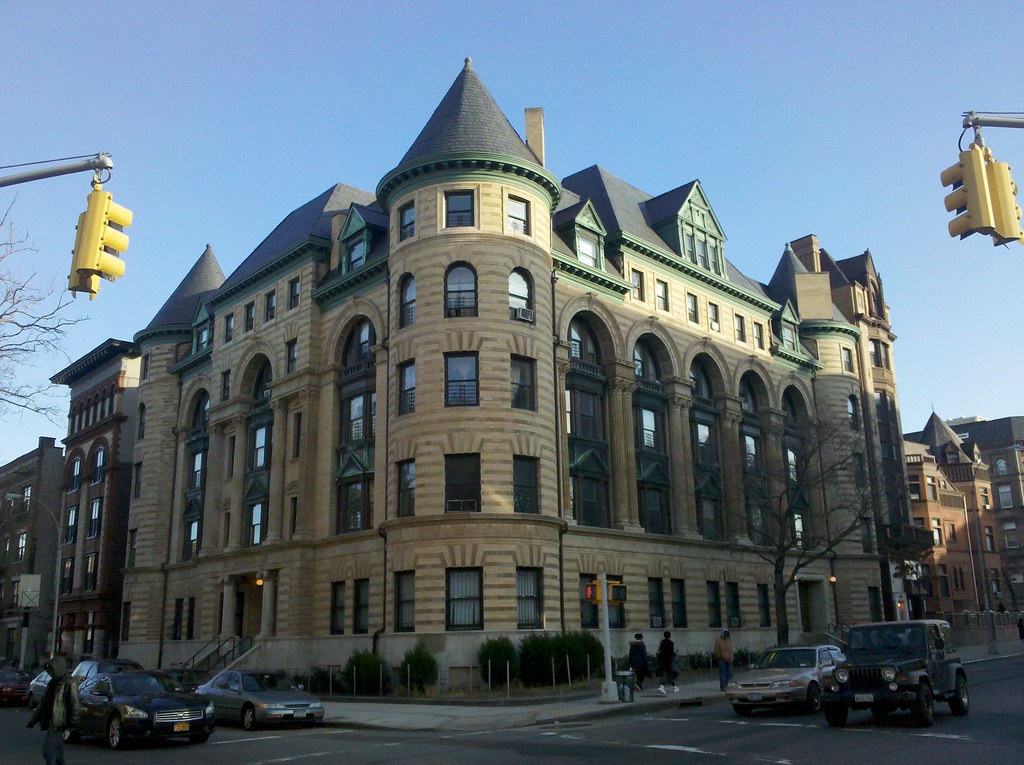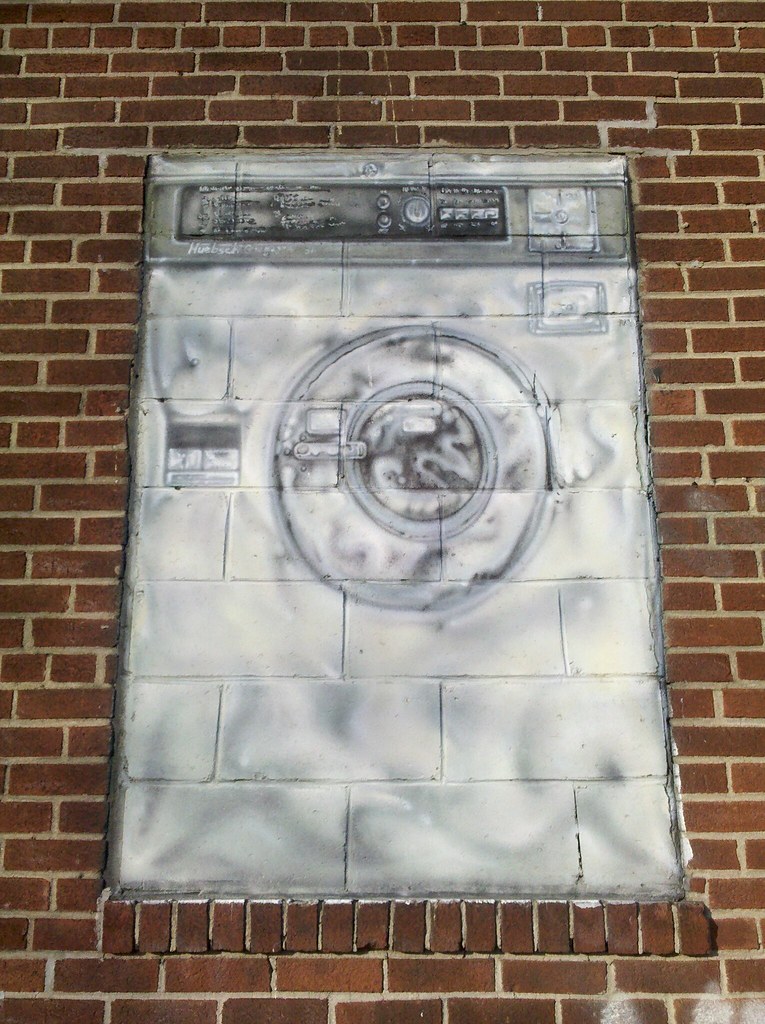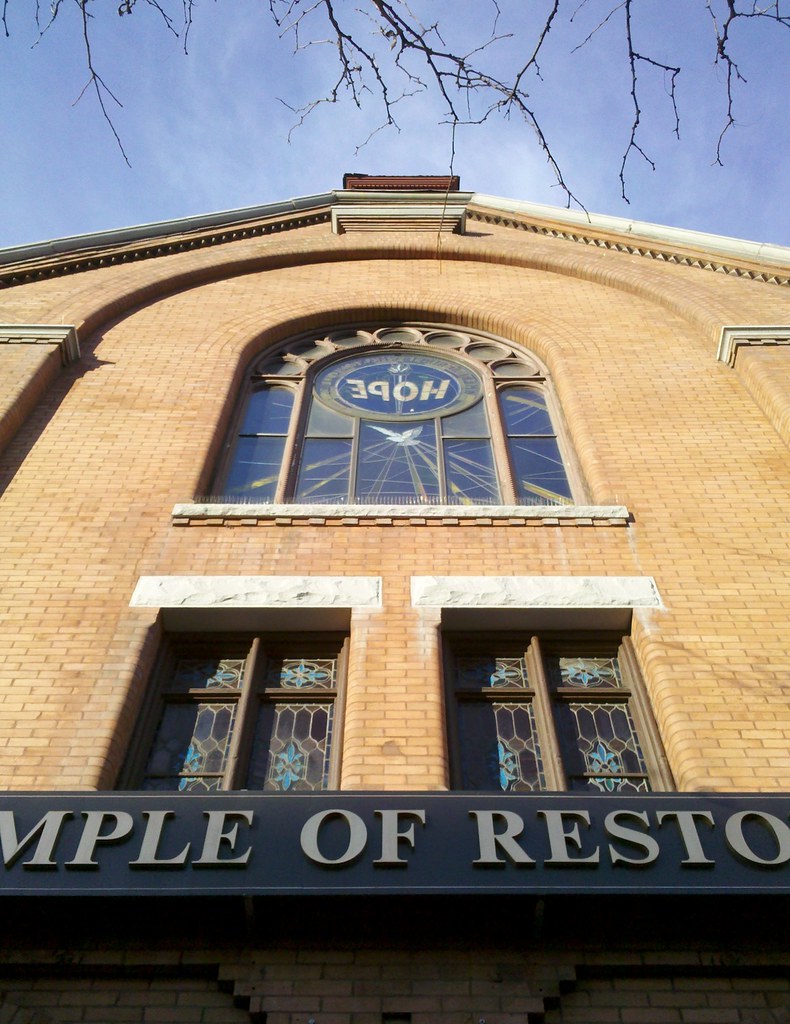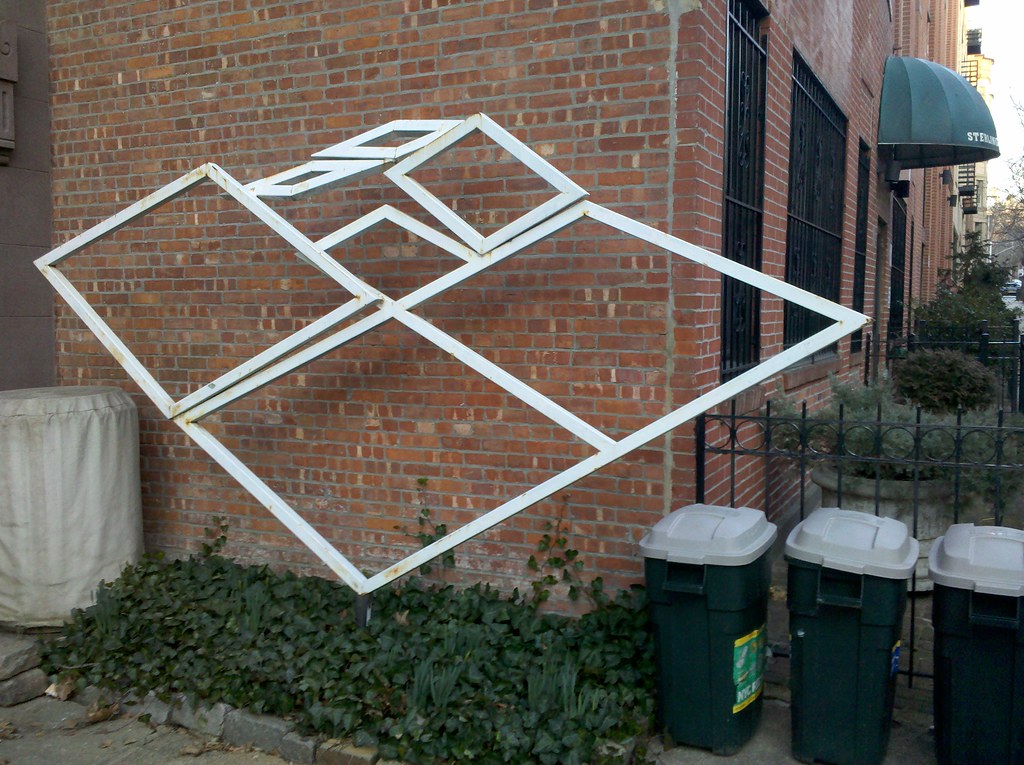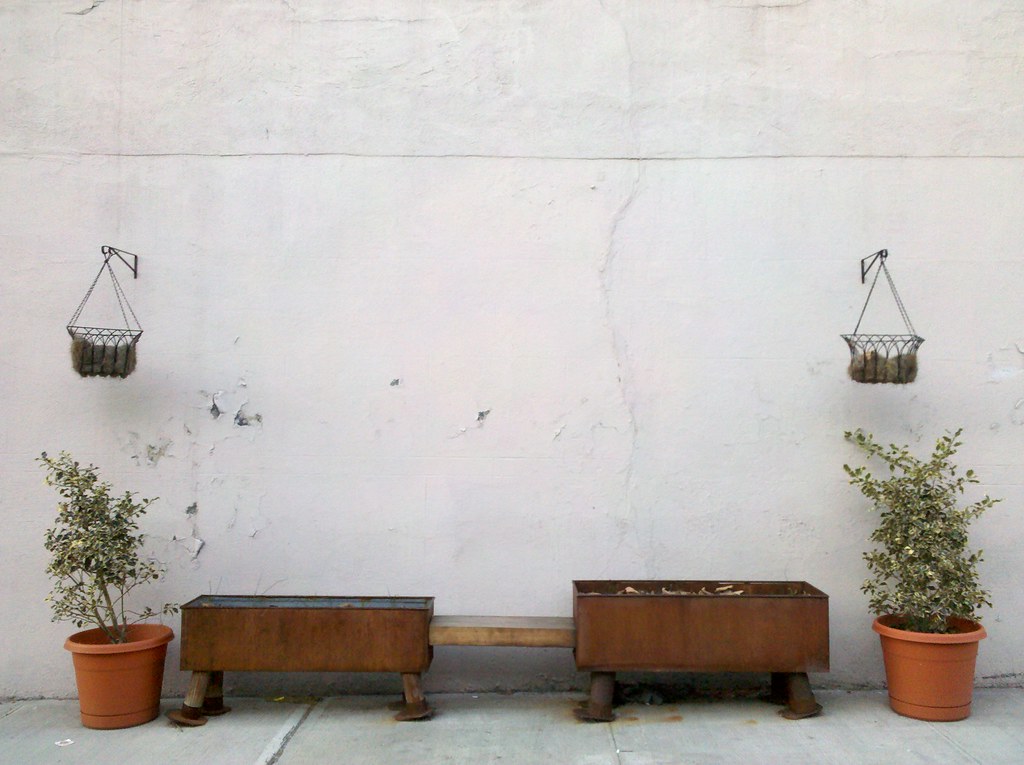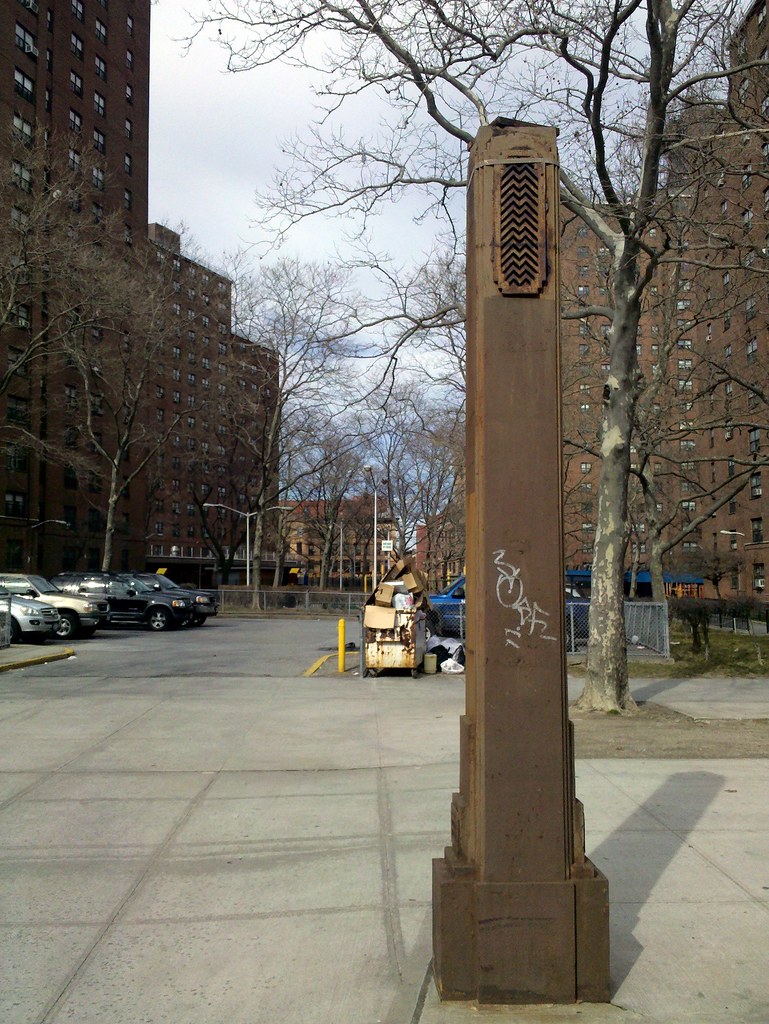
on the natural gas line regulator vent? (The previous thing-sticking-out-of-the-sidewalk mystery has been solved!)
CORRECTION: It's a subway vent! More info here.
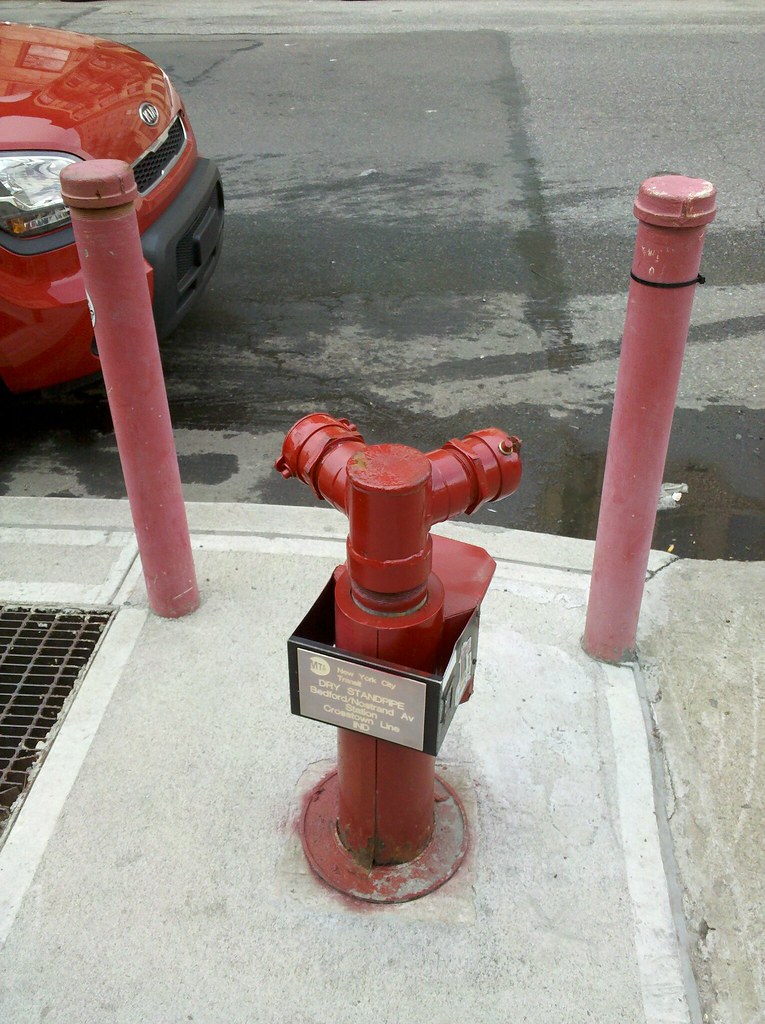
In case of a fire in the subway system, the FDNY can pump water through the standpipe for use in fighting the blaze.
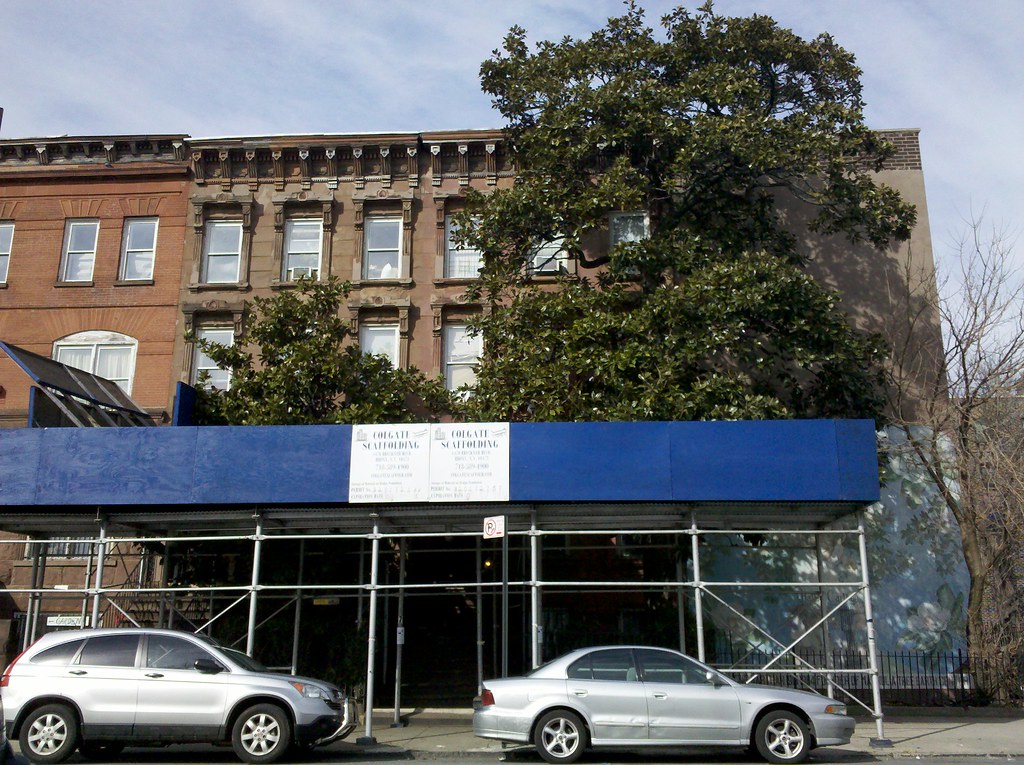
Thanks to the efforts of the magnificent Hattie Carthan, this magnolia tree (the taller one) is an official city landmark, the only tree that can claim such an honor.

NYC is not known as a great mailbox town, but I knew I'd find one of these sooner or later.
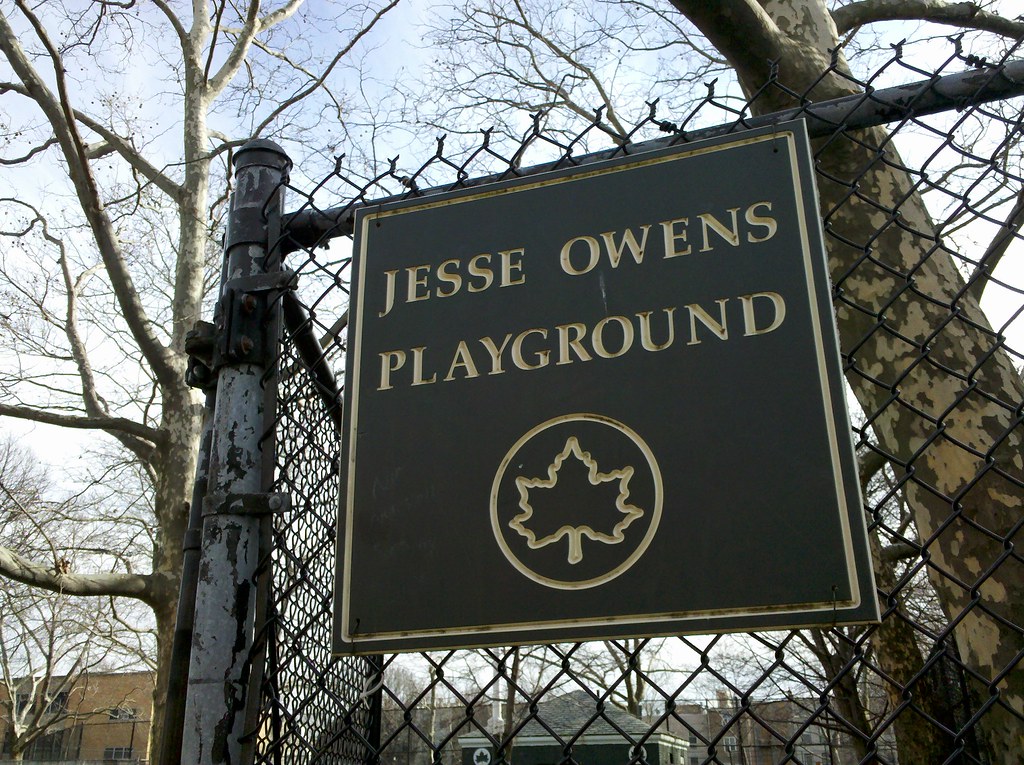
He had no direct connection to New York, but was beloved enough nationally for the Parks Department to name this playground for him. Much of his story (told more fully here and here) is omitted from the usual Owens-shames-Hitler narrative. His response to the media focus on Hitler not shaking his hand:
"When I came back, after all those stories about Hitler and his snub, I came back to my native country, and I couldn't ride in the front of the bus. I had to go to the back door. I couldn't live where I wanted. Now what's the difference?"

In searching for the meaning of "VAS" on a New York license plate (it stands for "volunteer ambulance service" — implying the driver is an EMT, I believe), I found another post about this same vehicle!
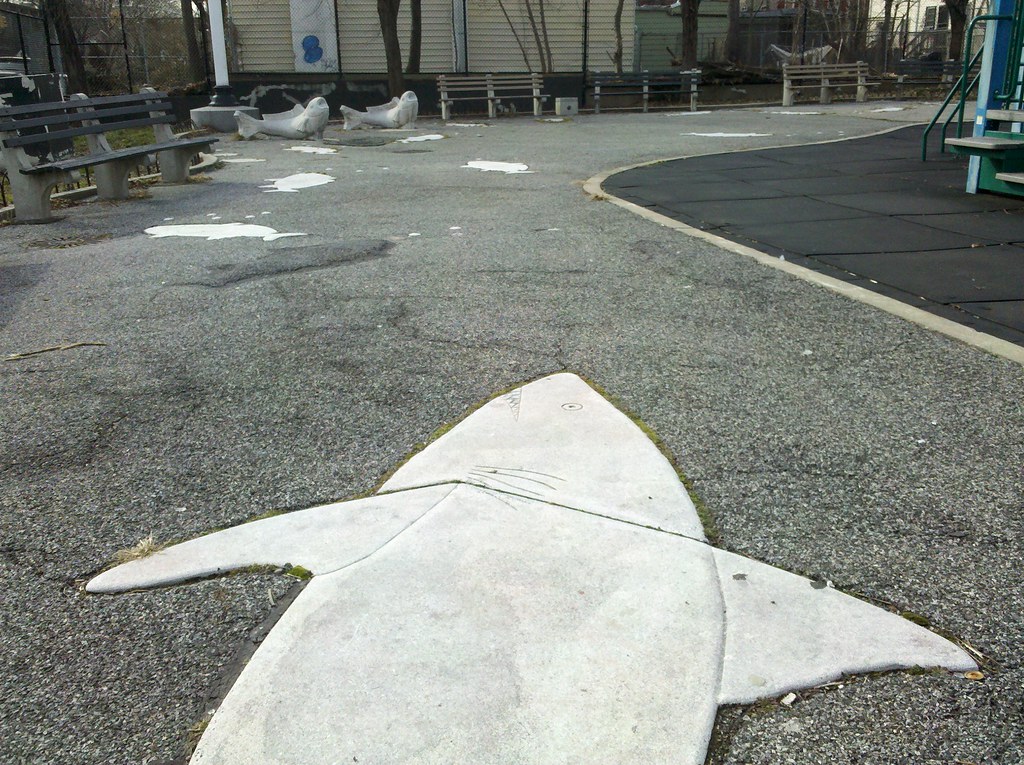
Those are fish and air bubbles in the distance. By this point I shouldn't need to tell you that this is a Henry Stern creation.

I think that's what this is, anyway, based on the solution to a previous mystery.
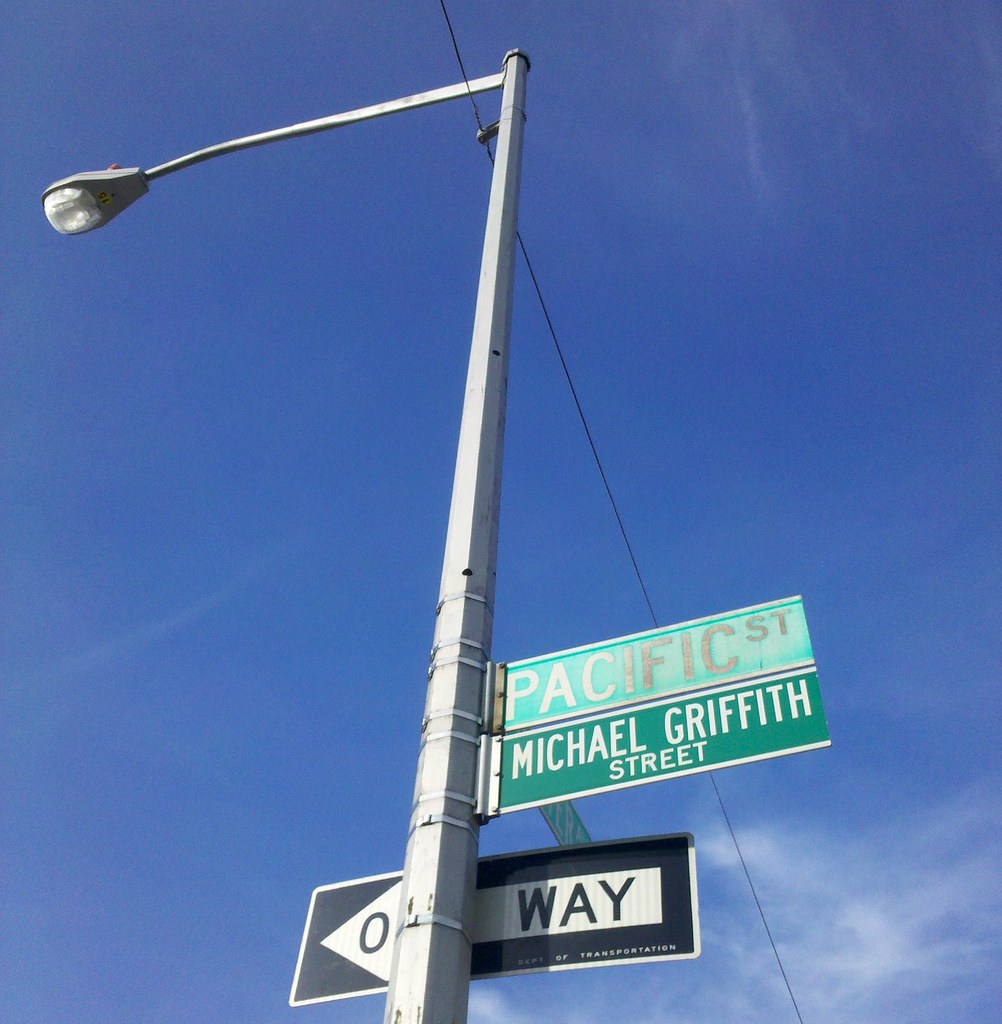
Killed by a car on the Belt Parkway while fleeing a racially motivated assault in 1986. This is the incident that first brought Al Sharpton into the national spotlight.
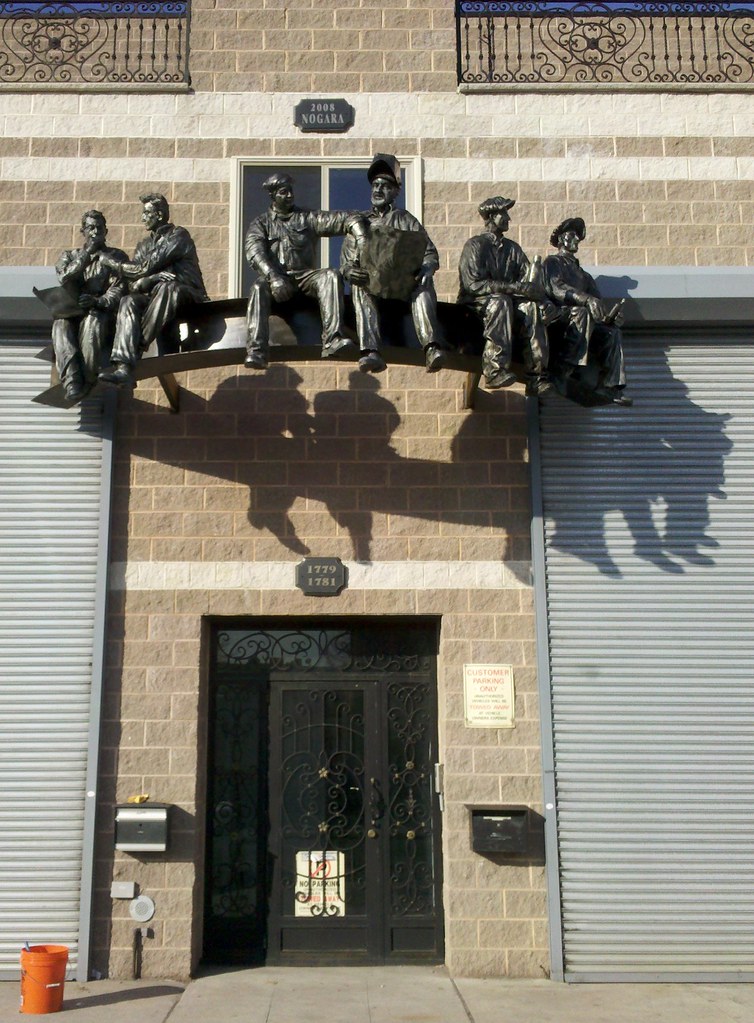
UPDATE: This is Piscopo Iron Works, relocated from Red Hook. (Thanks, Gigi!)
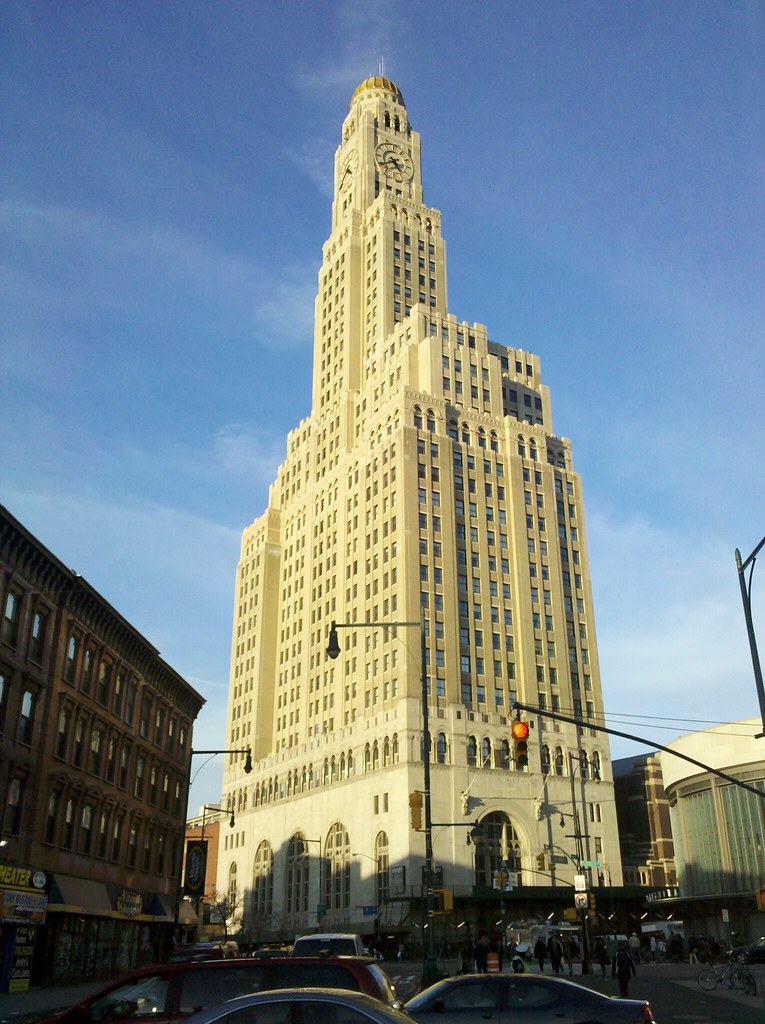
Until recently, the Williamsburgh Savings Bank Tower was the tallest building in Brooklyn.

To get a general sense of the geography of NYC's water supply system, check out this map of the watersheds and aqueducts. All of Brooklyn (and more than 90% of the city as a whole) is served by the Delaware and Catskill Aqueducts, which both flow into the Hillview Reservoir in Yonkers. The two tunnel systems that supply water to the city from the Hillview Reservoir (Water Tunnels No. 1 and No. 2) were completed in 1917 and 1936, respectively, and have been in constant use ever since. There is a third tunnel system from the Hillview Reservoir (you guessed it — Water Tunnel No. 3!) currently under construction, hundreds of feet below street level. Work began on this tunnel (the largest public works project in the city's history) in 1970, and, while parts of it are now in service, the entire project won't be finished until 2020 or later. Once the second stage of Tunnel 3 is activated (sometime next year, supposedly), Tunnels 1 and 2 will be able to be closed, drained, inspected, and repaired for the first time since they opened.
There was a major leak detected in one tunnel section of the Delaware Aqueduct in 1991, with up to 36 million gallons of water being lost every day. In 2003, a robotic submarine was sent through the aqueduct to inspect the leak, and repair work by deep-sea divers began in 2008.




